Osteochondrosis is a medical term that describes a violation of the integrity of the cartilage surfaces of bones. The disease is often associated with damage to the intervertebral discs.
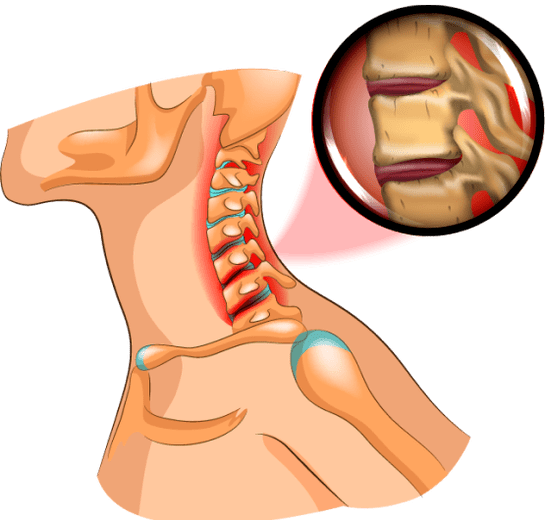
Intervertebral discs are a type of shock absorber that relieves pressure on the spine under load. Osteochondrosis worsens the quality of life, causes pain in the back, neck, head, ears.
There are two views on the diagnosis. Experts abroad link this concern with childhood and adolescent diseases. It is believed that it is more common in children because the bones are in the developmental stage. Russian doctors mainly diagnose osteochondrosis in patients aged 25-55 years. In both cases, the symptoms, causes and types of the disease are the same.
How is osteochondrosis diagnosed?
- Do you have persistent or recurrent back pain or muscle tension?
- Do you have a gas leak in your back or neck?
- Do you feel a "shot" behind you?
- Do you feel pain when you raise your arms or tilt your head to the sides?
- Do you have periodic dizziness?
- Do you feel noise, nausea?
If at least one answer is yes, it is worth contacting a specialist to do a job. If the diagnosis is found to be abnormal, your doctor will prescribe treatment and help protect you from more serious and painful symptoms.
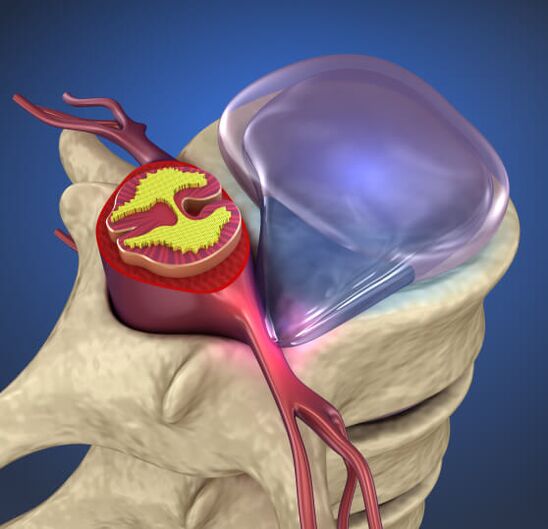
What is the cause of osteochondrosis?
The incidence of massive osteochondrosis is often associated with people standing upright. In this condition, the spine and discs are under increasing stress. If you sit, lie, or stand incorrectly, the discs lose their ability to cushion.
Over time, the lining of the disc cracks and hernia protrusions appear. They begin to compress the blood vessels, spinal cord roots, or the brain itself. As a result, pain, reflex tension in the muscles occurs.
The risk group includes middle-aged and older people. Office workers, professional drivers, tall people are most likely to suffer from this disease. Risk factors for severe symptoms of a disorder may include:
- straight legs;
- heredity;
- overweight;
- hypodynamics.
Causes of articular cartilage disorders:
Heavy load management.
Improper posture while sitting, standing or lying down.
Injuries, excessive tension.
Excessive stress while playing sports.
High humidity and low temperature.
Activities associated with frequent changes in body condition.
Types of osteochondrosis
Osteochondrosis can develop in any part of the spine. The disease is divided into localization: cervical, thoracic and lumbar. The latter type occurs in 50% of cases.
Lumbar osteochondrosis
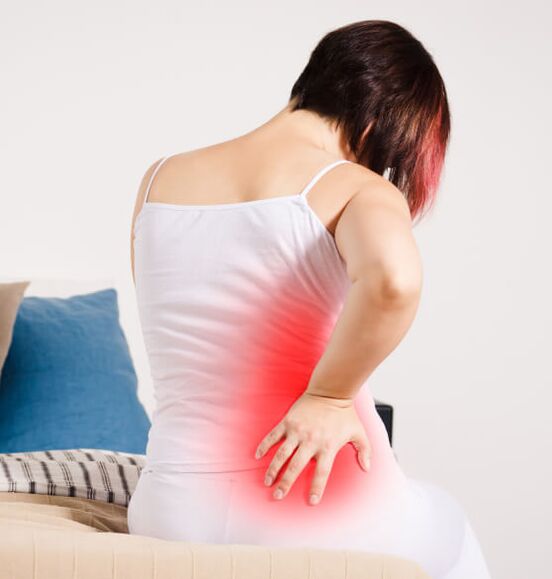
A similar diagnosis is made for both men and women. This is due to walking, running, sports and the increasing load seen when sitting for long periods of time. The lumbar spine consists of 5 vertebrae, with elastic discs between them. If the metabolic process does not occur, the intervertebral discs lose their properties and pain occurs.
Symptoms:
- Dull or sharp back pain aggravated by movement.
- Pain in the legs, pelvic organs, sacral region.
- Impairment of movement or sensitivity.
- Atrophy of the muscles of the legs in the acute course of the disease.
Lumbar osteochondrosis should be treated. In the absence of therapy, there can be dangerous complications: sciatica, hernia, protrusion. As a result, the natural blood supply to the spinal cord is disrupted, leading to paralysis of the lower extremities.
Cervical osteochondrosis
"Make sure you turn your head, " doctors say. In this way, a dangerous diagnosis of cervical osteochondrosis can be avoided. The neck is the most mobile part of the spine. The section consists of 7 verbs. The disease occurs as a result of metabolic disorders in the body, in the presence of salts in the neck, or due to frequent headaches.
Symptoms:
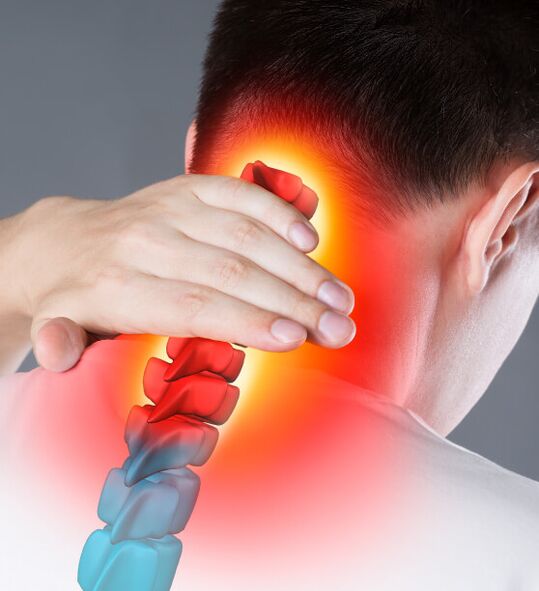
- Headache;
- Pain in the heart area;
- "Flies" flashing before the eyes;
- Hearing impairment;
- Cervical lumbar murmur;
- Pain in the arm or shoulder joint;
- Harmony of limbs.
Experts point out that this type of disease is one of the most dangerous diseases, because it can cause poor blood circulation in the brain, migraines, dystonia and more serious diseases.
Chest osteochondrosis
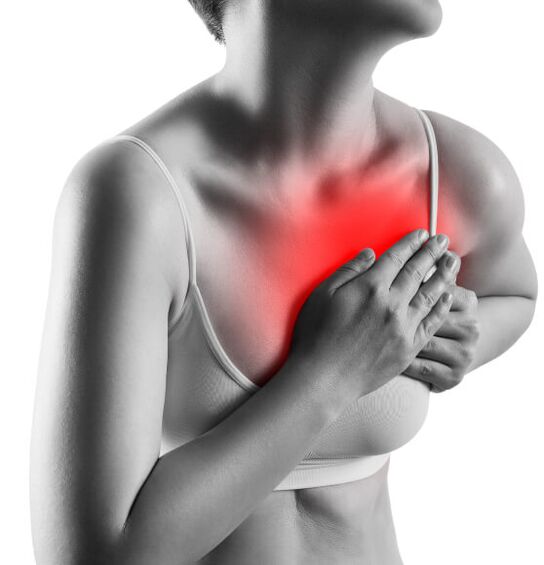
Because the vertebrae are immobile, there is less discomfort in the thoracic spine. Pain in this part of the body is experienced by many people who are engaged in heavy physical labor or have a sedentary profession. The cause of osteochondrosis may be a disturbed metabolic process, an increasing load on the intervertebral discs.
Symptoms:
- Chest pain or tightness.
- Pain between shoulder blades when lifting arms.
- Disorders of skin sensitivity.
Two symptoms can occur in an acute disorder: dorsago and dorsalgia. Dorsagoda is accompanied by severe chest pain and shortness of breath. With dorsalgia, the pain in the spinal region of the branch is not very strong, but gradually increases. The disease is often confused with other chest pathologies: heart attack, pneumonia, angina pectoris, etc. Diagnosis is made only by a specialist, based on examination and research.
Stages of osteochondrosis
- There are no obvious symptoms in the first stage. Periodically, there is anxiety associated with fatigue or excessive physical exertion in the spine. The disease can be detected during routine examination, X-ray or tomography.
- The second stage is accompanied by pain syndrome, as the process of destruction of cartilage tissue begins and the space between the discs decreases. At this stage, the pain is relieved with medication prescribed by a doctor.
- In the third stage, spinal deformities begin: the fibrous ring breaks, an intervertebral hernia appears. It is still possible to improve the condition of the spine with the help of a properly prescribed treatment.
- The fourth stage is irreversible changes in the spine that make it difficult for a person to move. Bone tissue grows between the vertebrae by connecting the vertebrae. This form of osteochondrosis often causes disability.
Diagnostic methods
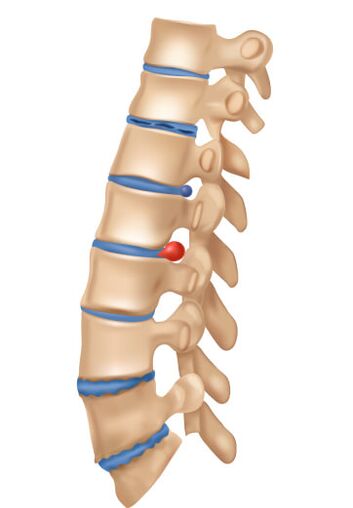
The doctor conducts a physical examination to determine the degree of the disease, to check the sensitivity and reflexes. In addition, blood and urine tests are performed, and calcium metabolism is studied.
Diagnostic methods are used to make a correct diagnosis:
- Vascular ultrasound. Determination of the degree of impaired blood flow in the vertebral arteries.
- Spinal radiography.
- UKT. Construction of a three-dimensional image of the study area to detect small vertebral displacements.
- UMRI. To study the condition of the soft tissues to assess the condition of the spinal cord and visualize the internal structure of the discs.
Treatment

Osteochondrosis is widely treated. The main goal of therapy is to relieve painful sensations, relieve muscle tension and stiffness caused by pain. It is important to consult a specialist and follow the recommendations, not to treat yourself.
To treat the spine, your doctor prescribes non-steroidal anti-inflammatory drugs to help relieve inflammation and swelling. Muscle relaxants are responsible for reducing muscle spasms. Ointments are used to relieve pain. Antioxidants and vitamins can be prescribed to protect nerve tissue.
Prophylaxis
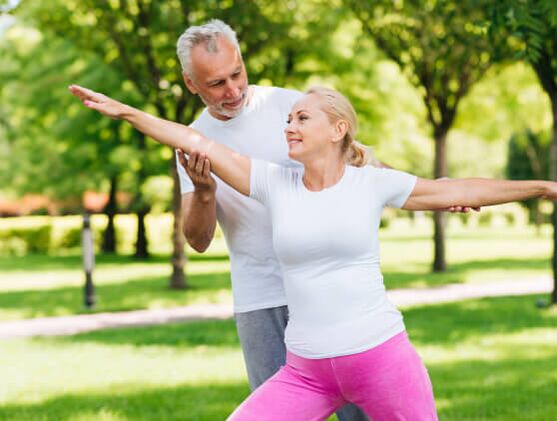
By following prevention methods, it is possible to maintain the health of the spine and prevent the symptoms or complications of osteochondrosis:
- drink enough water; to manage body weight;
- eating foods rich in collagen;
- choice of orthopedic mattress to support the body;
- regular exercise.
You can try alternative methods: acupuncture, qigong or massage. Before starting any procedure, you should consult a doctor to ensure the health of the musculoskeletal system.























